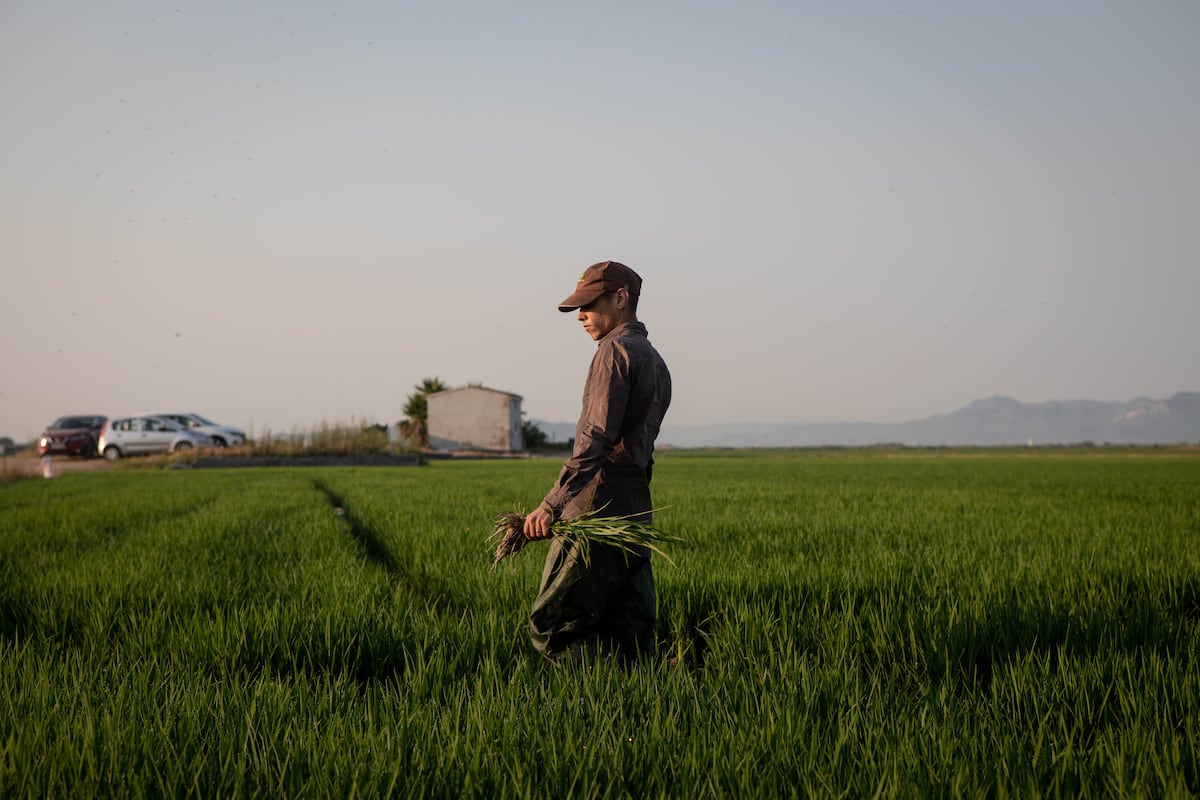Travel
Pathogenic microbes can travel thousands of miles through the atmosphere

During the coronavirus pandemic, it became clear that viruses can travel through the air — at least far enough for a sneeze at one end of a room to infect someone at the other. Long-distance travel of fungi and bacteria carried on dust particles from Africa has been linked to damage to coral and plants in the Caribbean, and dust storms have been connected to outbreaks of meningitis caused by the bacteria Neisseria meningitidis. However, causal connections between these phenomena are difficult to confirm, and despite their potential relevance to human health, knowledge about their mechanisms is lacking. On Tuesday, the journal PNAS published the results of a study showing that hundreds of microorganisms, some of which cause human disease, can survive atmospheric travel of over 2,000 kilometers (1,242 miles).
The authors of the study, led by Xavier Rodó, ICREA researcher at ISGlobal in Barcelona, knew that in a point of the troposphere known as the planetary boundary layer, isolated from the surface and with less friction, some materials can move long distances, but they doubted that living organisms could also do so. To find out, they made 10 flights in a light aircraft at the altitude of that layer, at between 1,000 and 3,000 meters, above a region of Japan near Tokyo. During their flights, the researchers followed air currents known as tropospheric bridges that connect distant regions of the world and, in this case, rise in China and descend over the Japanese capital. DNA sequencing of the collected samples identified more than 266 genera of fungi and 305 genera of bacteria, including some that cause illnesses in humans, such as Clostridium Difficile, Escherichia coli and several species of Staphylococcus.
According to Rodó, although among the samples selected for sequencing “between 35% and 40% are potentially pathogenic species, we are always talking about subclinical doses that, except in susceptible or immunosuppressed individuals, should not cause disease.” However, the researcher warns that the dangerous doses for the organisms found in their samples are not precisely known, “and in some cases, a single cell can cause disease.”
For a long time, the planetary boundary layer was thought to be inert. Exposed to ultraviolet radiation and a lack of nutrients and moisture, microorganisms could not survive. However, it has been shown that, perhaps protected by the aerosols to which they attach themselves in order to fly away, they remain viable in a hostile environment. In some cases, the means of transport for bacteria and fungi may be the dust storms that produce haze in many regions of the world. In the case of the study published in PNAS, the winds that sweep across the vast fields of Chinese grain raise aerosols in which the microbes travel, together with particles of fertilizers and pesticides that were also found in the samples and reveal their agricultural origin.
In addition to showing that microorganisms travel long distances and remain alive (although it is not known whether they are fully active), the sequencing of the bacteria revealed that many of them were resistant to antibiotics. “We have detected natural resistance genes, which have appeared in environments where there is evolutionary pressure, that may be of human origin, such as the excessive use of antibiotics in animal feed,” explains Rodó. “We have to quantify the impact that this may have on the dispersion of resistance genes, but it would be a new way of sowing these types of genes in areas that do not initially generate them,” he adds.
Isabel Reche, an ecologist from the University of Granada in Spain who has also studied microorganisms that travel through the air, considers it “important that we know that this transport exists, that bacteria are viable, and that they carry some that are resistant to antibiotics.” However, she reminds us that “the bacteria that cause diseases are a small percentage of what is transported, the majority are necessary for the functioning of ecosystems and, although climate change can produce variations in the quantities, it is something that has always happened.”
Although, in principle, the microorganisms that travel through tropospheric bridges do not do so in sufficient concentrations to cause health problems in most people, Rodó argues that these discoveries support the idea of including “the monitoring of air masses in public health networks.” “Just as pollen is analyzed to monitor allergies, more routine sampling of this type of microbial component, which can cause outbreaks of respiratory diseases, could be included.”
Sign up for our weekly newsletter to get more English-language news coverage from EL PAÍS USA Edition










